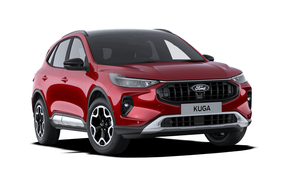Unlike most car manufacturers, Polestar’s naming system is chronological rather than size related. So where carmakers like BMW and Audi uses higher numbers for its bigger cars (an iX3 is bigger than an iX1, for example), Polestar uses a naming system inspired by 1970s Led Zeppelin albums (and Apple for its smartphones). The 3 follows the the 2 and will be followed by the 4 and 5 next year - even though these will be smaller than the 3.
Polestar 3 size and design
Here’s the deal: the Polestar 3 is a big car. At 4,900mm long and 1,614mm tall, the 3 is 136mm shorter than the behemoth Tesla Model X and just 53mm shorter than a BMW iX. It’s also a heavy car, tipping the scales at up to 2,670kg.
However, despite being a large SUV, the Polestar 3 has been designed to be as aero-friendly as possible. The roofline is almost estate-like in its flatness, while the front end features a unique aero wing integrated into the bonnet. A second aero wing is integrated into the rear spoiler, while rear aero blades on the bumper ensure that the Polestar 3 is as slippery as possible.
And, as you might expect from a brand that has a designer (Thomas Ingenlath) at the top, the Polestar 3 is packed with perfectly judged styling features. The raised trim line at the base of the doors cleverly disguises the Polestar’s height while the chunky D-pillar incorporates a slim black strip to visually extend the roofline. Like the Polestar 2, the 3 is a car for people who love design but don’t necessarily want to shout it from the rooftops.
Underneath the Polestar 3 are a set of underpinnings that will also sit beneath the new Volvo EX90 – a successor to the XC90. Although the platform has been designed to incorporate both internal combustion engines and battery power, the Polestar (and EX90) have a unique flat floor that helps create a bigger interior. So, unlike the Polestar 2 (which was derived from a combustion engine design), the Polestar doesn’t have a bulky transmission tunnel that runs the length of the car.
As a result, the 3 feels like a very big car inside. Like the exterior, the cabin is a masterclass of understatement with luxurious materials and a level of fit and finish that Tesla drivers can only dream of. The simple dashboard is punctuated by a large 14.5-inch infotainment screen that runs Android Automotive OS operating system. Co-developed with Google, it features an evolution of the technology first seen in the Polestar 2. Over-the-air (OTA) updates are included to allow for continuous software improvement and the introduction of new features without the need to visit a dealer.
Elsewhere, the cabin strikes a near-perfect balance between minimalism and function. The second, horizontal display ahead of the steering wheel serves up all the info you need on the move, while a third head-up display gives in-vision read-outs of speed and navigation instructions.
The seats, are supremely comfortable – just as they are in the Polestar 2 – and combine with a reach and rake adjustable steering column to offer an almost infinitely variable driving position. A vast panoramic roof, standard on all models, bathes the interior in natural light while the sculpted door trims, which incorporate LED lighting strips, mean that there’s plenty of elbow room. Further back, the rear seats split 60/40 and slide back and forth to create more legroom or boot space, depending on requirements. The boot itself is accessed by an almost vertical estate-like tailgate and offers 484 litres of space with a further 90 litres available under the floor. With the rear seats folded, that figure rises to 1,411 litres. And if that isn’t enough – or you prefer to keep your cables and other mucky stuff under the bonnet, the Polestar 3 comes with a small (32 litre) but decently-shaped frunk.
While the Volvo EX90 will be offered with a third row of seats, Polestar bosses are adamant that the 3 will only ever be a five-seater. It will, however, be able to tow a trailer, comes with an impressive 2,200kg weight limit. That’s just 50kg down on the Tesla Model X and the same as the BMW iX.
Polestar 3 battery, range and charging
The Polestar 3 launches with a big 107kWh battery pack (usable) as standard, which, according to Polestar, can deliver a driving range of up to 379 miles on the WLTP cycle.
The pack, which sits beneath the floor and runs at 400 volts, features a prismatic cell design housed in a protective aluminium case with boron steel reinforcement and liquid cooling. A heat pump is included as standard and utilises ambient heat for climate and battery pre-conditioning. The Polestar 3 is also equipped for bidirectional charging, enabling future potential for vehicle-to-grid and plug-and-charge capabilities.
In terms of charging, Polestar claims that the 3 can DC rapid charge at speeds of up to 250kW, which makes it one of the fastest charging electric cars on the market. As a result, the 3 should be able to charge from 10-80% in around 30 minutes - adding just over 265 miles of range in the process. Based on these figures, the Polestar 3 will be able to add 100 miles of range in a whisker over 10 minutes when connected to a 350kW rapid charger. AC charging peaks at 11kW, which is slightly disappointing given that many of Polestar’s rivals are now offering 22kW AC onboard chargers.
Buyers can choose between two models at launch, standard and Performance. Both come with a dual motor set-up and a torque split that sends more power to the rear for a sportier driving experience. The standard car produces 489bhp and 840 Nm of torque while the Performance Pack model comes with 517bhp and 910 Nm of torque.
The standard model can sprint from 0-62mph in just 5.0 seconds while the Performance Pack variant can trim 0.3 seconds off that figure.
With such a high level of performance on offer (not to mention a kerb weight of more than 2.5 tonnes), it’s no surprise that Polestar has equipped the 3 with a suitably robust braking system. Both models come with 400mm Brembo front discs with four-piston callipers, with 390mm single piston calipers at the rear.
To help maximise range, the Polestar 3 is equipped with an electric Torque Vectoring Dual Clutch function on the rear axle – an evolution of a system seen on the Polestar 1. A decoupling function is also available for the rear electric motor, allowing the car to run only on the front electric motor to save energy.
Both models come with dual-chamber air suspension as standard, with the Performance Pack versions featuring a sportier set up. Damping is via ZF active dampers that can respond to changes in surface to deliver a smooth ride. According to Polestar, the car can adjust its active damper velocity electronically once every two milliseconds (500 Hz).
Polestar 3 technology
If you like tech, it’s a safe bet that you’ll love the Polestar 3. With a technical spec that reads like a high-end super-computer, the Swedish SUV has an almost baffling array of safety and comfort trickery.
The 3 is the first Polestar to feature ‘centralised computing with the NVIDIA DRIVE core computer’. What that effectively means is that the vehicle has one brain that takes inputs from all the various safety sensors to make better decisions about how to make the car react. The network of safety kit includes interior radar sensors that can detect sub-millimetre movements in the interior of the car. This, according to Polestar, helps ‘protect against accidentally leaving children inside’. Which we can’t imagine is a particularly common occurrence, but it’s good to have all the same.
As standard, Polestar 3 features a total of five radar modules, five external cameras and twelve external ultrasonic sensors to support numerous advanced safety features. A number of these are located in what Polestar calls a ‘SmartZone’ which is a horizontal bar below the front aero wing.
Inside, two closed-loop driver monitoring cameras bring leading eye tracking technology from Smart Eye to a Polestar for the first time, geared towards safer driving. The cameras monitor the driver’s eyes and can trigger warning messages, sounds and even an emergency stop function when detecting a distracted, drowsy or disconnected driver.
Polestar UK price and equipment
The Polestar 3 is designed to be a premium SUV and has a price tag that matches its lofty ambitions. Although its obvious electric rivals are cars like the ageing Tesla Model X the BMW iX, Polestar sees the 3 as a car that will tempt buyers away from luxury combustion-engined SUV such as the Range Rover Sport, BMW X7 and Porsche Cayenne. When framed like this (all these cars are £75k+), the Polestar’s £79,000 starting price makes more sense.
The 3 is also generously equipped as standard - which isn’t something you can say for many of its competitors. According to Polestar, the 3’s lack of options means that it can streamline the production process and get them into owners hands quicker. All versions include air suspension, a full-length panoramic glass roof, all-LED lighting inside and out, retractable door handles with proximity sensing, and 21-inch alloy wheels.
The Plus Pack and Pilot Pack are fitted as standard for the first model year and include features including a 25-speaker audio system from Bowers & Wilkins with 3D surround sound and Dolby Atmos capability, soft-closing doors, a head-up display and Pilot Assist.
Available to order from the second quarter of 2023, an optional Pilot Pack with LiDAR from Luminar will add an additional control unit from NVIDIA, three cameras, four ultrasonic sensors and cleaning for the front- and rear-view cameras, providing accurate real-time data about the car’s surroundings especially in the long-range field. This enables enhanced 3D scanning of the car’s surroundings in greater detail and helps prepare the car for autonomous driving.
The optional Performance Pack boosts the power output to 517bhp and adds performance optimisation for the air suspension, 22-inch forged alloy wheels and additional signature Swedish gold details.
First UK deliveries are expected later next year.





.png)



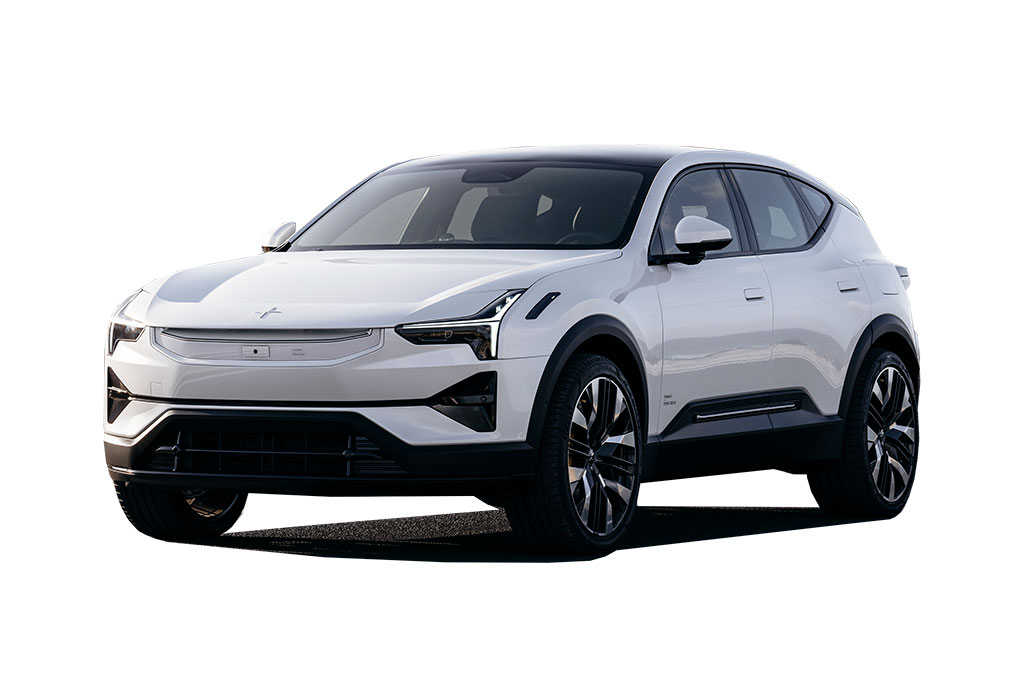
-Snow,-Performance-Pack.jpg)
-Snow,-Performance-Pack.jpg)
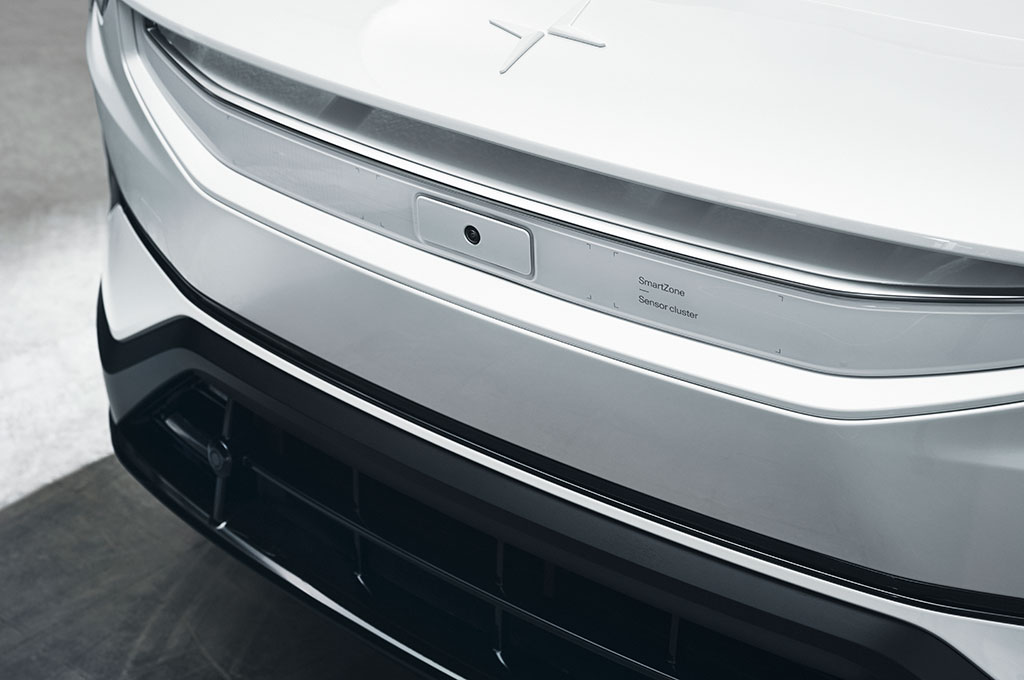-Snow,-Performance-Pack.jpg)
-Snow,-Performance-Pack.jpg)
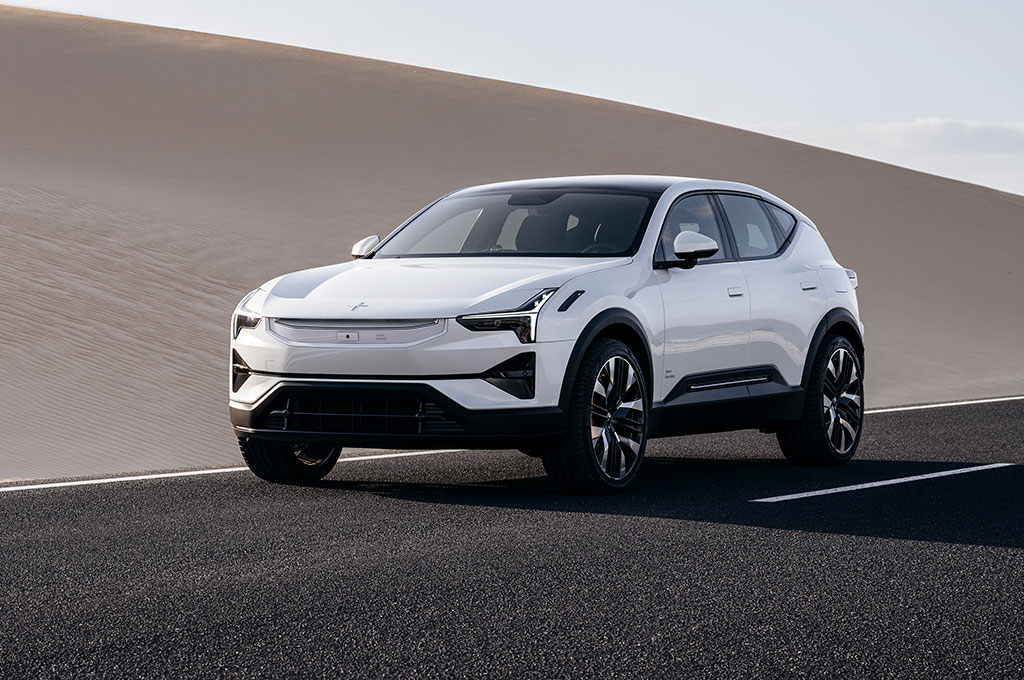-Snow,-Performance-Pack.jpg)
-Snow,-Performance-Pack.jpg)
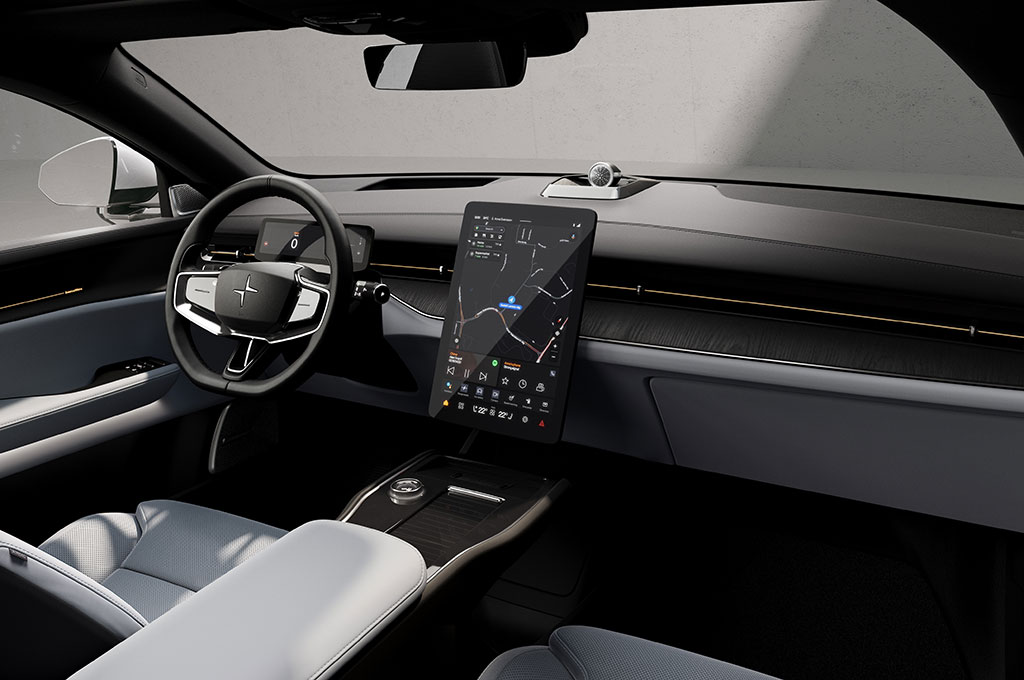-Zinc-Nappa,-Black-Ash,-Performance-Pack.jpg)
-Zinc-Nappa,-Repurposed-Aluminium,-Performance-Pack.jpg)
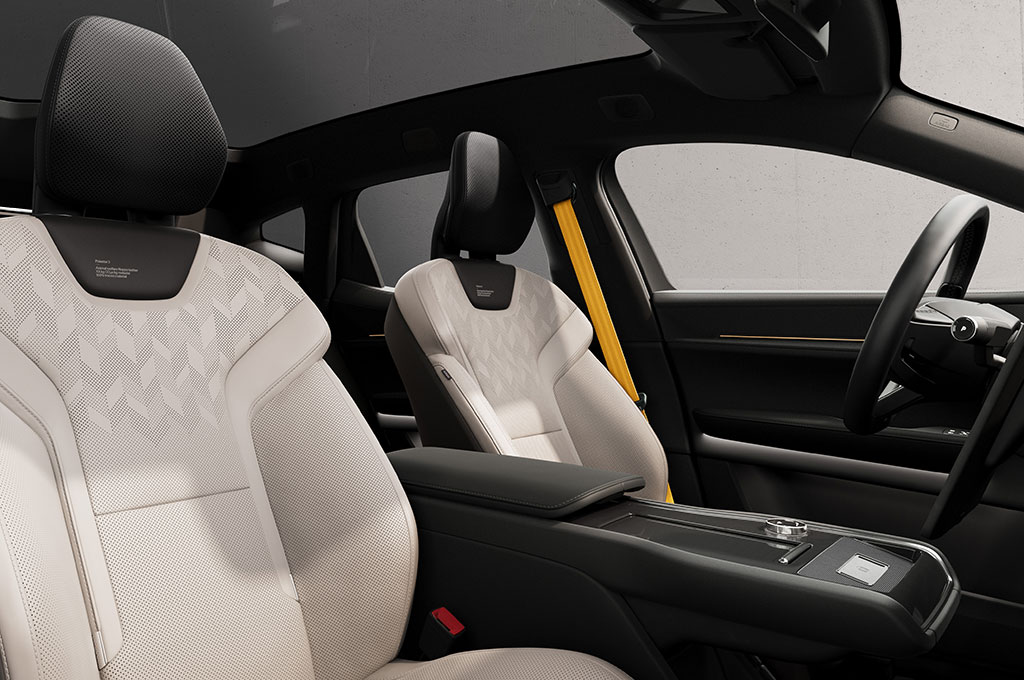.jpg)
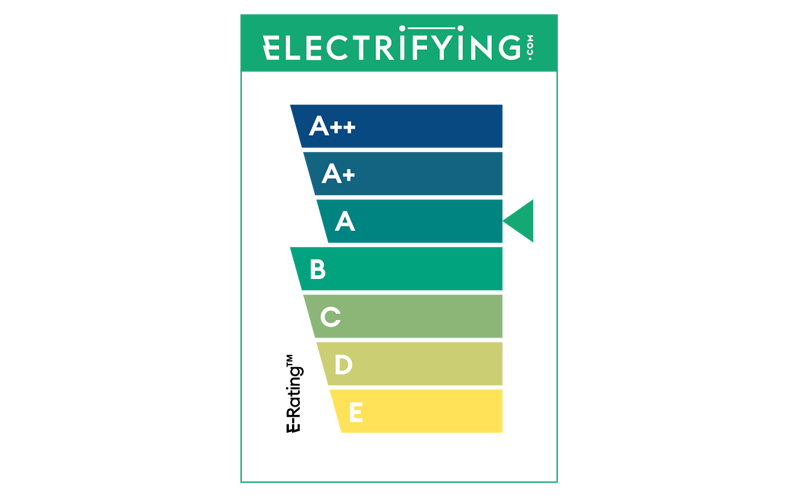



-Snow,-Performance-Pack.jpg?width=1500&height=1000)


